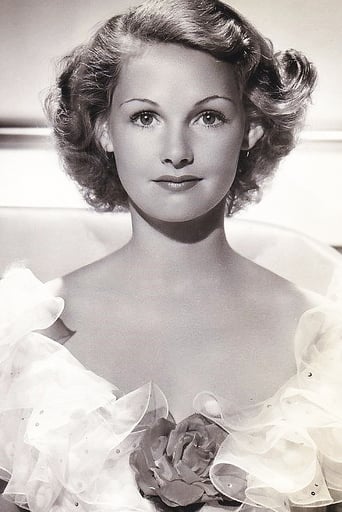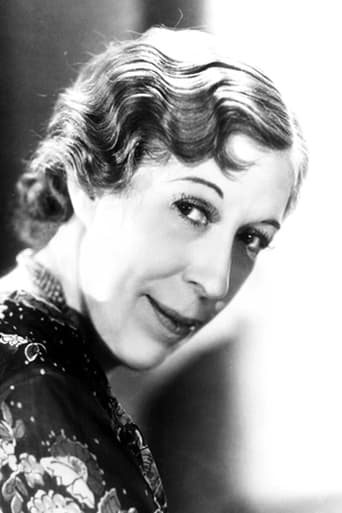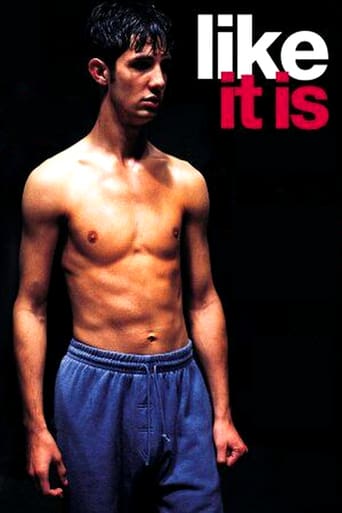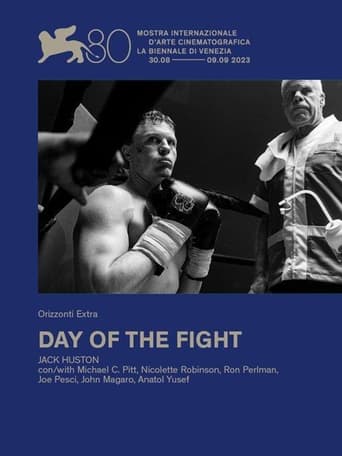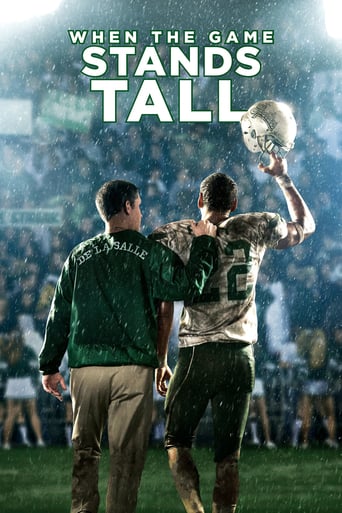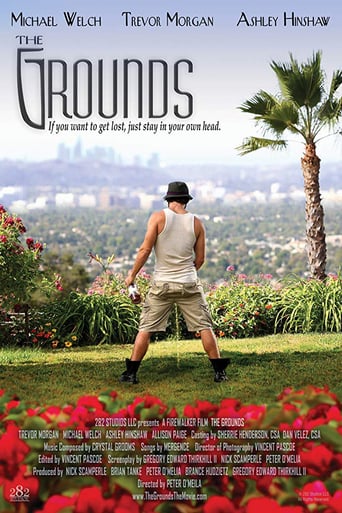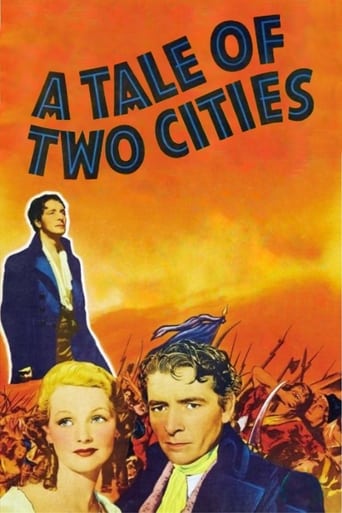
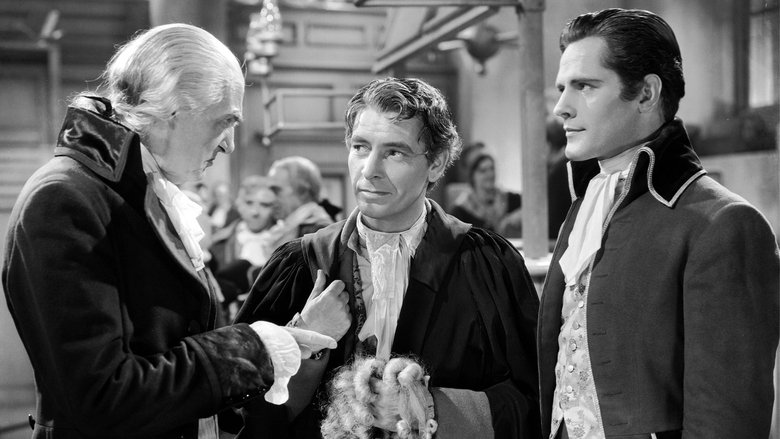
A Tale of Two Cities (1935)
The exciting story of Dr. Manette, who escapes the horrors of the infamous Bastille prison in Paris. The action switches between London and Paris on the eve of the revolution where we witness 'the best of times and the worst of times' - love, hope, the uncaring French Aristocrats and the terror of a revolutionary citizen's army intent on exacting revenge.
Watch Trailer
Cast
Similar titles
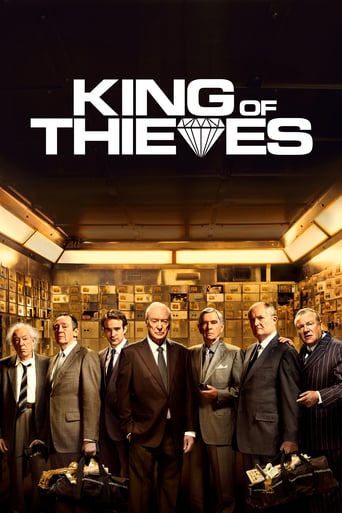
Reviews
Sick Product of a Sick System
Admirable film.
It really made me laugh, but for some moments I was tearing up because I could relate so much.
Each character in this movie — down to the smallest one — is an individual rather than a type, prone to spontaneous changes of mood and sometimes amusing outbursts of pettiness or ill humor.
Bloated, big-budget soaper from MGM, shrill with treacly, over-the-top melodrama. This grabs your throat as if intent on choking you. Nothing is left to the imagination. Subtlety is ground into dust. Heroes and villains, good and evil, are starkly black and white. Of incidental interest are brilliant crowd scenes, the storming of the Bastille, devised by Val Lewton and Jacques Tourneur (cf., their horror, B-movie collaborations in the '40s).
MGM's Ronald Colman version of Charles Dickens' "A Tale of Two Cities" has more in common with the best of films, and less in common with the worst of films. Producer David O. Selznick guaranteed it a nice budget, which results in a some finely-edited incidental scenes. Every so often, you are startled by how well something is done - but, generally, the story goes through the motions. It is nice to see Mr. Colman perform the "Sydney Carton" role. The other leads do not work well with him, however. Colman's "Carton" is supposed to be identical in appearance to the "Charles Darnay" character played by Donald Woods. The two men are vaguely similar types, but Mr. Woods is a bigger, taller man; and, his youth makes Colman look a little old for the part. Elizabeth Allan (as Lucie) is pretty; she looks good with Woods, but has no little chemistry with Colman.The film offered a grand supporting cast - all eligible for the first "Best Supporting" Oscar given, but none were nominated.The best supporting actor almost looks to be Basil Rathbone, with his cruel depiction of French aristocracy; but, he doesn't appear much, and Mr. Rathbone could perform the part in his sleep. By the time he loses his tenuous sanity, fatherly Henry B. Walthall (as Alexandre Manette) really takes supporting actor honors; and, this was the last great character role for Mr. Walthall. For feminine honors, it's a battle between Edna May Oliver's wise-cracking English maid and Blanche Yurka's violently-knitting French peasant. They even have a supporting actress dogfight. Many admire Ms. Yurka's efforts, which are considerable; she chews the scenery and spits it out. Finally, by the time "The End" has come, it's very apparent this "Tale of Two Cities" has become a "Christmas Carol" - of course, as in the original work, Dickens would prefer the comparison to be more allegorical.******* A Tale of Two Cities (12/25/35) Jack Conway ~ Ronald Colman, Donald Woods, Henry B. Walthall, Blanche Yurka
The Dickens novel is brought to the screen in a typically lavish Selznick production. The cinematography and sets are impressive in recreating revolutionary France. Colman is well cast as the tragic hero, managing to make Sidney Carton debonair yet resigned. Unfortunately, the supporting cast is not up to par. Allan overacts, but is a model of restraint compared to Yurka, a stage actress making her film debut. The latter is laughably over-the-top as Madame De Farge. The revolution scenes are well done but are ruined by cheesy captions on the screen such as "WHY WHY WHY," rendering the whole thing ludicrously melodramatic.
"A Tale of Two Cities" is a beautiful historical drama, true to the Dickens novel as produced by David O. Selznick. Released in 1935, it stars Ronald Colman as Sydney Carton, Elizabeth Allan as Lucy, Basil Rathbone, Donald Woods, Blanche Yurka, Edna May Oliver, Reginald Owen and Isabel Jewell.No point in repeating the story. Colman's Sydney Carton is his best-remembered role - a sad alcoholic whose only joy in life is the beautiful Lucy and later on, her child. Carton is a man without much purpose, who doesn't really know why he's on earth and doesn't feel that he's worth much. In his self-sacrifice, he finds the meaning in life he has sought. Colman never overdid as an actor - if anything, he underplayed, and there was always a gentleness and a pathos to his performances. He's perfect as Carton. Elizabeth Allan is a beautiful, strong Lucy. Donald Woods, who plays her husband, the lucky Charles Darnay, seems a little out of place, however. As the cruel Lord Evremonde, Basil Rathbone is excellent. Two character actresses, Edna May Oliver and Blanche Yurka, hand in lively performances that really help make the film.This film version definitely reflects Dickens' point of view about the French Revolution, which isn't everyone's, but in remaining faithful to the novel, of course, Dickens' point of view is obvious. It is a great film to show in a literature class rather than a history class. It would be wonderful if this and some other classics could be introduced to students somehow. Too much Transformers and the like can't be that good for the soul.


